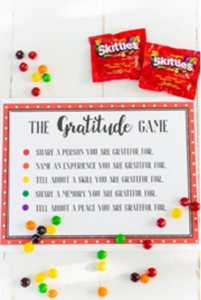Share this content
Share on facebook
Facebook
Share on twitter
Twitter
Share on linkedin
LinkedIn
Share on email
Email
Share on print
Print
This error message is only visible to WordPress admins
Error: Connected account for the user sel_dallas does not have permission to use this feed type.







